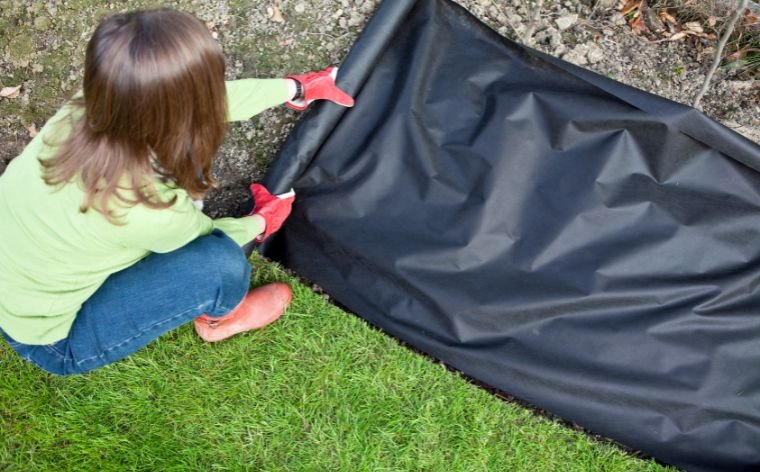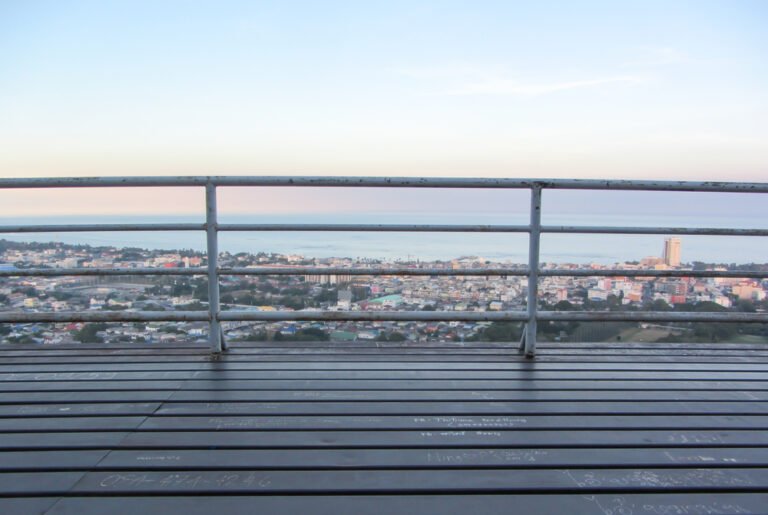How to Choose the Right Landscaping Fabric for Your Garden
Landscaping fabrics are a crucial tool for maintaining a healthy, weed-free garden. Whether you’re looking to control invasive weeds, conserve moisture, or stabilize the soil in your garden, choosing the right fabric can make all the difference. However, with so many types of landscaping fabrics available, it can be challenging to decide which one best suits your needs. In this guide, we’ll explore the various factors you need to consider and help you choose the right landscaping fabric for your garden’s specific requirements.
What is Landscaping Fabric?
Landscaping fabric, also known as weed barrier fabric, is a specially designed material used in gardens and landscaping projects to suppress weeds, prevent soil erosion, and control moisture levels. By acting as a physical barrier between the soil and the surface, it helps reduce the growth of unwanted weeds while still allowing water and nutrients to penetrate the soil.
Unlike traditional methods like chemical weed killers or thick layers of mulch, landscaping fabrics offer a more sustainable, long-term solution for managing your garden. Depending on the material and design, these fabrics can last several years, making them a worthwhile investment for both small home gardens and larger landscaping projects.
Factors to Consider When Choosing Landscaping Fabric
Purpose and Application
Before choosing a landscaping fabric, it’s essential to identify its intended purpose. Are you trying to prevent weeds from sprouting in your flower beds, or are you laying down a gravel pathway? The specific use of the fabric will determine the type you need.
For example, heavy-duty fabrics are best for areas where you expect high traffic or weight, like under gravel or in pathways. In contrast, lighter fabrics work well in flower beds where weed control and water drainage are more important.
Permeability and Water Drainage
One of the most critical aspects of landscaping fabric is its permeability—how well it allows water and air to pass through. The right fabric should prevent weeds while still allowing water to reach your plant roots. For flower or vegetable gardens, where plant health is a priority, fabrics with high permeability are ideal.
On the other hand, if you’re using landscaping fabric for purely decorative purposes or under stone or gravel, low-permeability fabrics can help reduce the amount of moisture that penetrates the soil, keeping your ground cover dry and free from excessive weeds.
UV Resistance and Durability
UV resistance is another important consideration, especially for fabrics that will be exposed to the sun for long periods. Prolonged exposure to sunlight can cause fabrics to degrade, so choosing a UV-resistant fabric ensures longer-lasting protection for your garden. This is especially important for pathways, rock gardens, or areas without much plant cover.
Thickness and Weight
The thickness of the fabric directly impacts its durability and weed-blocking ability. Thicker fabrics are generally more resistant to tears and are better suited for heavy-duty applications such as pathways or gravel areas. These fabrics also tend to provide better weed control for persistent or deep-rooted weeds.
On the other hand, thinner fabrics are easier to handle and may be sufficient for small garden beds or temporary use. They’re a good option for gardens where you plan to change or move plants frequently, as they’re easier to lift and reposition.
Material Type (Woven vs. Non-Woven)
Landscaping fabrics are typically made from either woven or non-woven materials, each with distinct advantages:
- Woven Fabrics: These fabrics are made by weaving fibers together, creating a strong and durable material. They offer excellent weed control and are highly durable, making them a good choice for areas with heavy foot traffic or for use under stones and gravel. However, their permeability may be limited, which can affect water and air flow to the soil.
- Non-Woven Fabrics: Non-woven fabrics are made from bonded fibers and are generally more breathable and permeable than woven fabrics. This makes them ideal for garden beds and areas where plants need access to water and air. However, non-woven fabrics may not be as durable and can tear more easily, particularly in high-traffic areas.
Types of Landscaping Fabrics and Their Uses
There are several types of landscaping fabrics, each with specific uses and benefits:
- Woven Fabric: Best suited for heavy-duty applications like gravel pathways, rock gardens, or areas where you need strong weed control and durability. The woven structure makes it resistant to tears and helps keep weeds at bay in high-traffic areas.
- Non-Woven Fabric: Ideal for garden beds, vegetable patches, and flower beds where water and air flow are critical. This fabric is perfect for areas where plant health is a top priority.
- Spun-Bonded Fabric: A lighter, more flexible option, spun-bonded fabrics are best for decorative landscaping or short-term garden projects. They are easy to handle and install but may not offer the durability of heavier fabrics.
- Biodegradable Fabric: For eco-conscious gardeners, biodegradable fabrics are a fantastic option. Made from natural materials, these fabrics gradually break down over time, adding nutrients to the soil while offering temporary weed control.
Matching Landscaping Fabrics with Different Garden Types
Flower Beds
For flower beds, you’ll want a fabric that allows your plants to thrive while keeping weeds at bay. Look for non-woven or spun-bonded fabrics with high permeability to ensure your plants receive adequate water and air circulation.
Vegetable Gardens
In vegetable gardens, the focus is on healthy plant growth. Biodegradable or non-woven fabrics are excellent options here, as they provide the necessary permeability while preventing weed growth. Additionally, biodegradable fabrics align with sustainable gardening practices, making them an environmentally friendly choice.
Pathways and Gravel Areas
For pathways or gravel areas, durability is key. Woven fabrics are the best choice in these situations, as they provide strong weed control and are resistant to wear and tear. Their thickness helps prevent weeds from pushing through, even in high-traffic areas.
Sloped Areas and Erosion Control
Sloped areas require fabrics that help with soil stabilization and erosion control. Opt for heavy-duty, woven fabrics that can be securely anchored into the soil, ensuring they stay in place and prevent soil erosion over time.
Installation Tips for Maximizing Landscaping Fabric Efficiency
Proper installation is crucial to ensuring your landscaping fabric works effectively. Here are some tips to maximize efficiency:
- Prepare the site: Clear the area of any debris, weeds, or sharp objects that could tear the fabric.
- Secure the fabric: Use stakes or pins to anchor the fabric in place, especially in sloped or high-traffic areas.
- Overlap the edges: Overlap the edges of the fabric by at least 6 inches to prevent weeds from slipping through the seams.
- Add mulch or gravel: Cover the fabric with mulch, soil, or gravel to protect it from UV rays and enhance its durability.
Maintenance and Care for Landscaping Fabrics
Even with the right fabric, maintenance is important for longevity:
- Check for damage: Regularly inspect the fabric for tears or holes and patch any damage to prevent weed growth.
- Refresh mulch: If you’re using mulch, replenish it periodically to keep the fabric protected from UV exposure and prevent wear.
Conclusion
Choosing the right landscaping fabric for your garden depends on your specific needs, whether it’s weed control, soil protection, or drainage. By considering factors like permeability, durability, and material type, you can select a fabric that ensures long-lasting results. With the right fabric in place, your garden will not only look beautiful but also be easier to maintain for years to come. Explore the different options, and get ready to enjoy a healthier, more manageable garden.






